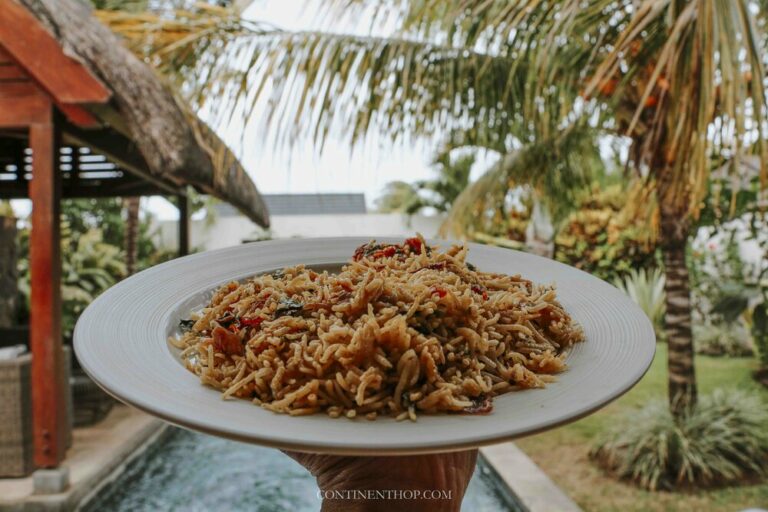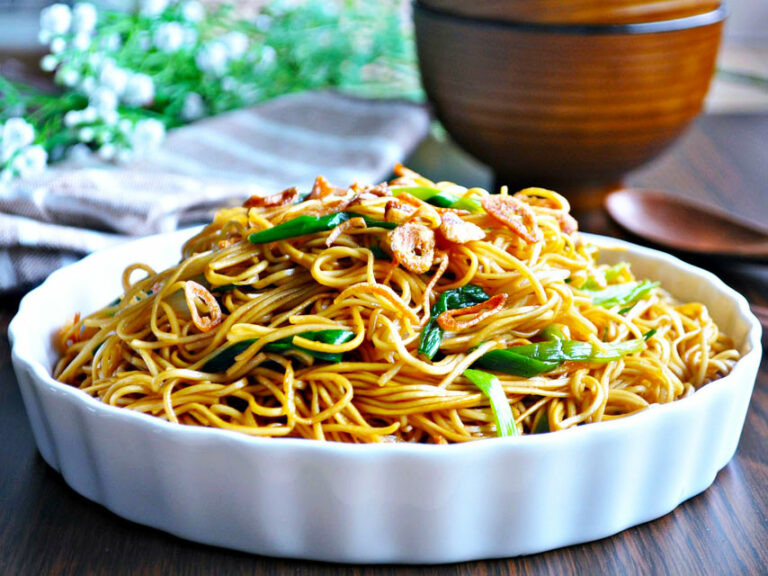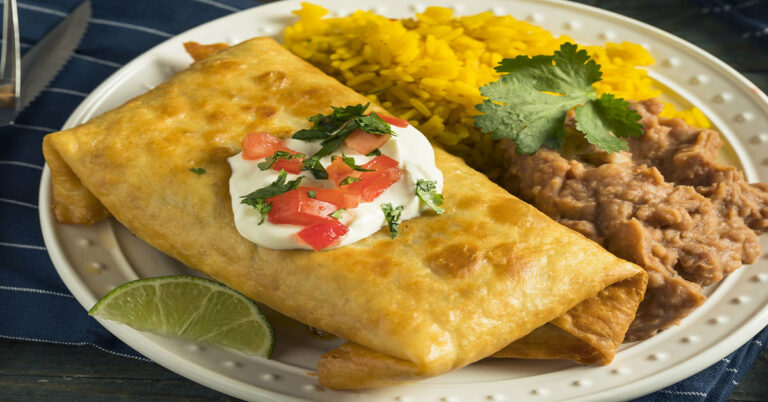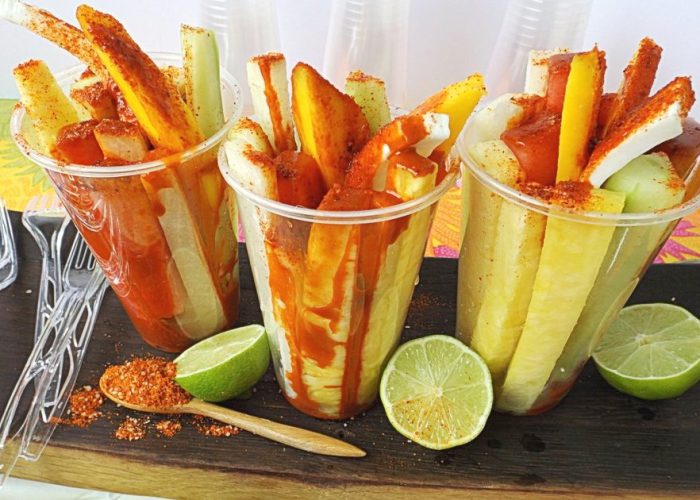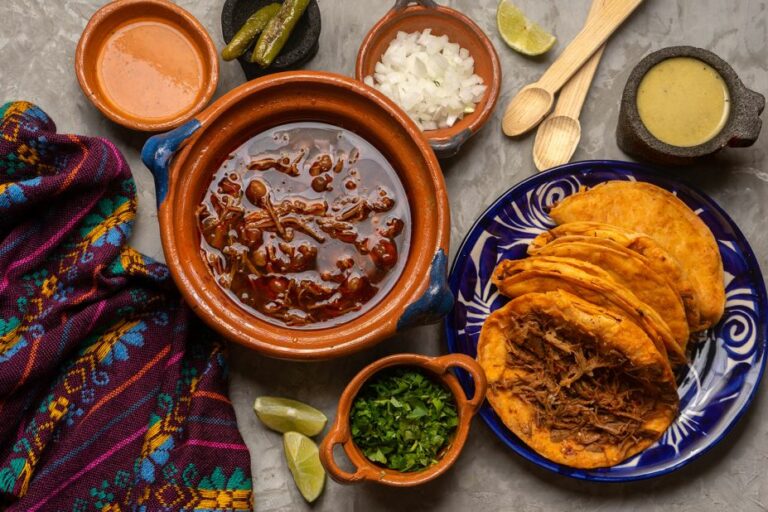Overview of Mauritius’ Agriculture
Mauritius is a small island nation located in the Indian Ocean, situated off the southeast coast of Africa. Its economy largely relies on agriculture, and the island’s tropical climate and volcanic soil make it a haven for growing a variety of fruits and vegetables.
The country is known for its sugarcane production, but it also exports fruits and vegetables such as pineapples, bananas, and papayas. Mauritius has a diverse agriculture industry, and many of its fruits and vegetables are unique to the island.
Commonly Grown Fruits and Vegetables
Mauritius’ climate is ideal for growing a wide range of fruits and vegetables, including mangoes, coconuts, guavas, watermelons, and tomatoes. The island’s fertile soil also makes it an excellent place for growing root vegetables like sweet potatoes and cassava.
These fruits and vegetables are commonly found in markets and grocery stores across the island. They are also used in traditional Mauritian dishes such as the spicy fish curry and the popular street food snack, dholl puri.
Unique Fruits Grown in Mauritius
Mauritius is home to several unique fruits that are not commonly found in other parts of the world. These include longan, tamarind, and dragon fruit.
Longan is a small, round fruit with a hard outer shell and a sweet, juicy flesh. It is often used in desserts and teas, and is said to have medicinal properties. Tamarind is a tart fruit with a brown, sticky pulp. It is used in many Mauritian dishes, including chutneys and sauces.
Introduction to Longan and Tamarind
Longan and tamarind are two of the most popular unique fruits grown in Mauritius. Longan, also known as “dragon’s eye,” is a small, round fruit with a hard, brown shell and a translucent, juicy flesh. It has a sweet flavor and is often eaten fresh, dried, or canned.
Tamarind, on the other hand, is a tart fruit with a brown, sticky pulp. It is often used in savory dishes such as curries, stews, and chutneys. The fruit is also used to make a refreshing drink, which is especially popular during the hot summer months.
The Versatility of Bitter Gourd
Bitter gourd, also known as bitter melon, is a vegetable that is commonly found in Mauritius. It has a distinct bitter taste and is used in both traditional and modern Mauritian cuisine.
Bitter gourd can be cooked in a variety of ways, including stir-frying, boiling, and baking. It is often paired with sweet and spicy flavors to balance out its bitterness. Bitter gourd is also said to have many health benefits, including lowering blood sugar levels and aiding in digestion.
The Exotic Flavors of Dragon Fruit
Dragon fruit, also known as pitaya, is a unique fruit that is grown in Mauritius. It has a bright pink outer skin and a white, speckled flesh that is filled with small black seeds.
Dragon fruit has a mild, sweet flavor and is often used in smoothies, salads, and desserts. It is also high in antioxidants and is said to have many health benefits, including improving heart health and boosting the immune system.


